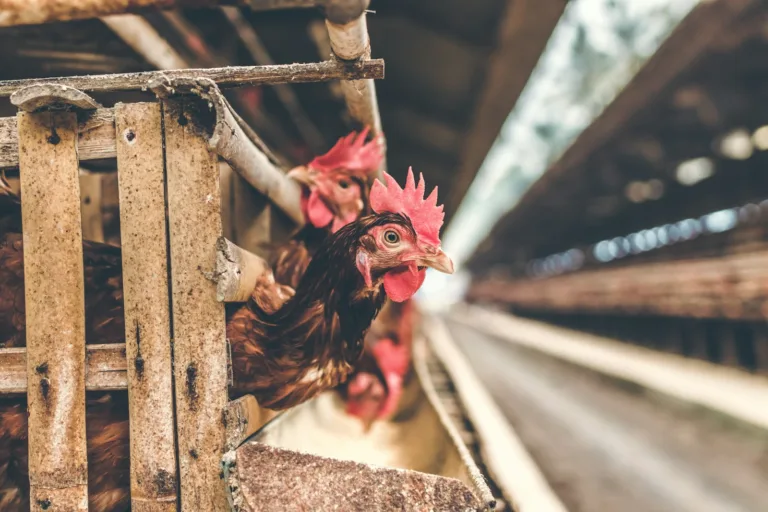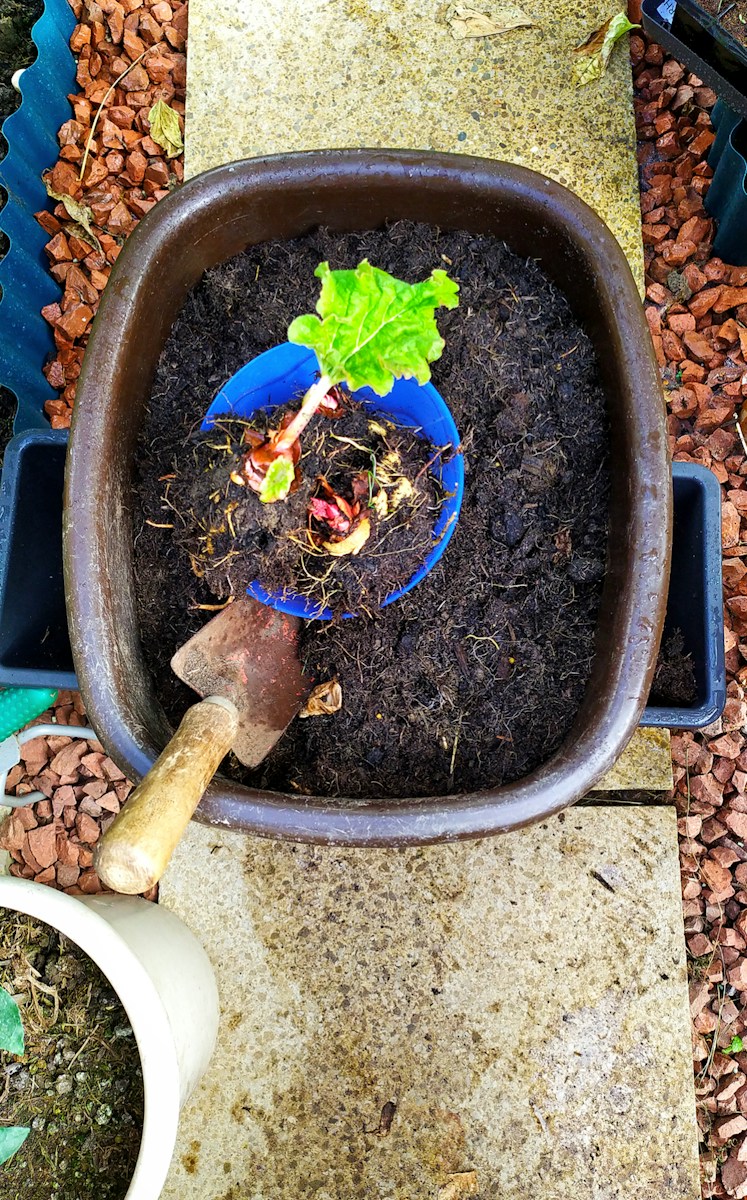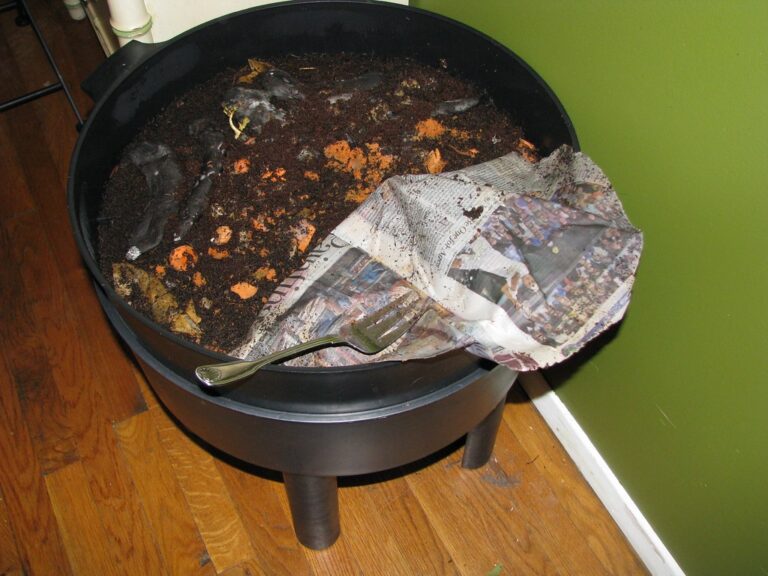The question of whether compost should be mixed with soil has been debated among enthusiasts and experts alike.
Some argue that compost should be left on the surface, while others advocate for incorporating it into the soil. So, what’s the best approach?
Well, the answer lies in understanding the benefits and potential drawbacks of mixing compost with soil. By exploring the ways in which it can improve soil fertility, enhance nutrient availability, and boost moisture retention, we can gain a better understanding of the potential advantages.
However, it’s also essential to consider any potential drawbacks and be aware of the best practices for incorporating compost into our gardens.
Benefits of Mixing Compost With Soil
Mixing compost with soil offers numerous benefits that enhance the fertility, structure, and overall health of the soil. When compost is added to soil, it provides essential nutrients that are vital for improving plant growth. Compost is rich in organic matter, which serves as a natural fertilizer, supplying plants with nitrogen, phosphorus, and potassium. These nutrients are crucial for healthy plant development and are often lacking in depleted soils.
Furthermore, compost helps to improve the soil structure. It acts as a binding agent, enhancing the soil’s ability to retain water and nutrients. This improved water-holding capacity reduces the need for irrigation and prevents nutrient leaching, ensuring that plants have a steady supply of moisture and nutrients.
In addition to enhancing plant growth, mixing compost with soil also has significant environmental benefits. Compost helps to reduce greenhouse gas emissions by diverting organic waste from landfills, where it would release methane, a potent greenhouse gas. Instead, composting converts organic waste into a valuable resource that enriches soil and reduces the need for synthetic fertilizers.
Improving Soil Fertility With Compost
Improving soil fertility with compost offers numerous benefits.
Firstly, it enriches the soil by providing essential nutrients and organic matter, which promote plant growth and development.
Secondly, compost enhances nutrient absorption by improving soil structure and increasing cation exchange capacity.
Lastly, the addition of compost stimulates microbial activity, leading to the breakdown of organic matter and the release of nutrients for plant uptake.
Ultimately, incorporating compost into soil is a proven method for improving soil fertility and supporting healthy plant growth.
Soil Enrichment Benefits
Incorporating compost into soil has been shown to significantly enhance soil fertility, providing numerous benefits for plant growth and overall ecosystem health. Through the process of organic matter decomposition, compost releases essential nutrients and improves soil structure.
Here are three key soil enrichment benefits of mixing compost with soil:
- Increased nutrient availability: Compost is rich in essential nutrients such as nitrogen, phosphorus, and potassium. When incorporated into soil, these nutrients are slowly released, providing a steady supply for plant uptake. This reduces the need for synthetic fertilizers and promotes healthier plant growth.
- Improved water retention: Compost helps improve soil structure by increasing its ability to hold water. This is especially important in sandy soils that have poor water-holding capacity. By retaining moisture, compost helps to prevent drought stress and reduces the frequency of irrigation.
- Enhanced microbial activity: Compost is teeming with beneficial microorganisms that play a crucial role in nutrient cycling. These microorganisms break down organic matter, releasing nutrients in a form that plants can readily absorb. Additionally, they improve soil structure and promote disease suppression, creating a favorable environment for plant roots.
Incorporating compost into soil provides these soil enrichment benefits, resulting in improved plant growth and a healthier ecosystem.
Nutrient Absorption Enhancement
By introducing compost into the soil, we can maximize nutrient absorption and significantly improve soil fertility. Compost contains a rich array of nutrients, such as nitrogen, phosphorus, and potassium, that are essential for plant growth. When incorporated into the soil, compost acts as a slow-release fertilizer, providing a steady supply of nutrients over time. This enhances nutrient absorption by plants, leading to healthier and more productive crops.
To highlight the benefits of compost in enhancing nutrient absorption, let’s compare three compost application methods:
| Application Method | Description | Benefits |
|---|---|---|
| Top Dressing | Sprinkling compost on the soil surface | Adds organic matter, improves soil structure, and helps retain moisture |
| Mixing | Incorporating compost into the top few inches of soil | Enhances nutrient availability, promotes root development, and increases water-holding capacity |
| Compost Tea | A liquid solution made by steeping compost in water | Provides a foliar application of nutrients, improves soil microbial activity, and enhances nutrient uptake |
Microbial Activity Promotion
To promote microbial activity and improve soil fertility, the addition of compost is a highly effective method. Compost, which is the result of the decomposition of organic materials, contains a rich diversity of microorganisms that play a crucial role in nutrient cycling and soil health. By incorporating compost into the soil, we can create a favorable environment for these beneficial microorganisms to thrive.
Some benefits of composting for promoting microbial activity include:
- Increased microbial biomass: Compost provides a source of organic matter and nutrients, stimulating the growth and proliferation of microorganisms in the soil.
- Enhanced nutrient availability: The decomposition of organic matter in compost releases essential nutrients that can be readily absorbed by plants and utilized by soil microorganisms.
- Improved soil structure: Compost improves soil aggregation, creating pore spaces that facilitate air and water movement, essential for microbial activity.
To maximize the benefits of composting, proper composting techniques should be employed, such as maintaining the right moisture and temperature levels, turning the compost regularly, and balancing the carbon-to-nitrogen ratio.
Enhancing Nutrient Availability for Plants
Enhancing nutrient availability for plants can be achieved through the careful mixing of compost with soil. Compost is a valuable source of organic matter that plays a crucial role in increasing plant growth and promoting healthy soil conditions in organic gardening.
When compost is mixed with soil, it enriches the soil with essential nutrients such as nitrogen, phosphorus, and potassium. These nutrients are vital for plant growth and development. Compost also contains micronutrients like iron, manganese, and zinc, which are necessary for various physiological processes in plants.
The organic matter in compost improves soil structure and porosity, facilitating better water infiltration and retention. This ensures that plants have access to an adequate water supply, reducing the risk of drought stress and promoting optimal growth.
In addition to nutrient provision, compost enhances the soil’s ability to retain nutrients. It improves cation exchange capacity, which is the soil’s ability to hold and release nutrients for plant uptake. This results in a more efficient use of fertilizers and reduces the leaching of nutrients into groundwater, preventing environmental pollution.
Furthermore, the presence of beneficial microorganisms in compost promotes the release of nutrients locked in the soil. These microorganisms break down organic matter, releasing nutrients in a form that plants can readily absorb.
Increasing Soil Moisture Retention
Mixing compost with soil can significantly increase the moisture retention capacity of the soil. This is crucial for plants’ water availability and overall growth. Here are three ways in which composting techniques can enhance soil moisture retention:
- Increased organic matter content: Compost is rich in organic matter, such as decomposed plant material and animal waste, which improves the soil’s ability to hold water. The organic matter acts as a sponge, absorbing and retaining water for plant use during dry periods.
- Improved soil structure: Compost helps improve soil structure, creating a crumbly texture that allows for better water infiltration and retention. The addition of compost promotes the formation of aggregates, which are small clumps of soil particles held together by organic matter. These aggregates create pore spaces that hold water and allow roots to access it more effectively.
- Enhanced microbial activity: Compost contains beneficial microorganisms that contribute to the breakdown of organic matter and the release of nutrients. These microorganisms also play a vital role in improving soil structure and moisture retention. They create stable soil aggregates that can hold water for longer periods, reducing the risk of water runoff and evaporation.
Boosting Soil Structure and Aeration
Compost application can significantly improve the soil’s structure and aeration, leading to enhanced plant growth and nutrient uptake. When compost is mixed with soil, it acts as a soil conditioner, improving its overall structure and enhancing its ability to hold and release water and nutrients. This is particularly important for regions with poorly structured soils, such as heavy clay or sandy soils, which can benefit greatly from the addition of compost.
To understand the impact of compost on soil structure and aeration, let’s take a closer look at some of the key benefits:
| Benefits of Compost for Soil Structure and Aeration |
|---|
| Improved soil aggregation |
| Enhanced pore space |
| Increased water infiltration |
| Improved nutrient availability |
Improved soil aggregation refers to the formation of stable soil aggregates, which create a better soil structure. Compost helps bind soil particles together, resulting in larger and more stable aggregates. This allows for the formation of larger pore spaces, improving soil aeration and water movement within the soil profile. The increased pore space also promotes the infiltration of water, reducing the risk of soil erosion and improving water retention.
Furthermore, compost contains organic matter that acts as a source of nutrients for plants. As the organic matter decomposes, it releases essential nutrients, making them readily available for plant uptake. This nutrient availability plays a vital role in supporting healthy plant growth and development.
Enhancing Microbial Activity in the Soil
To optimize the microbial activity in the soil, it’s essential to create conditions that support the growth and diversity of beneficial microorganisms. This can be achieved by enhancing the organic matter decomposition process, which plays a crucial role in improving plant growth.
Here are three ways to enhance microbial activity in the soil:
- Increase organic matter content: Organic matter serves as a food source for microorganisms, stimulating their growth and activity. By adding compost to the soil, you introduce a rich source of organic matter that helps sustain microbial populations.
- Maintain proper moisture levels: Microorganisms require moisture to thrive and carry out their functions effectively. Adequate moisture levels in the soil ensure that microbial populations remain active and can efficiently decompose organic matter.
- Provide aeration: Oxygen is vital for the growth and activity of aerobic microorganisms, which play a significant role in organic matter decomposition. Ensuring proper soil aeration by incorporating compost can create an environment conducive to their growth and activity.
Reducing the Need for Chemical Fertilizers
One effective method for reducing the need for chemical fertilizers is by incorporating organic matter into the soil. Organic matter, such as compost, contains essential nutrients that can be slowly released into the soil, providing a natural source of nutrition for plants. By using organic gardening methods and reducing the reliance on chemical fertilizers, we can not only improve the health of our plants but also reduce the environmental impact of conventional farming practices.
Organic matter has been shown to enhance soil fertility by improving its structure, water holding capacity, and nutrient availability. When compost is mixed with soil, it helps to increase the population of beneficial microorganisms, which contribute to the breakdown of organic matter and the release of nutrients. This, in turn, reduces the need for synthetic fertilizers, which can have negative effects on the environment.
To illustrate the benefits of incorporating organic matter into the soil, let’s take a look at the following table:
| Benefits of Incorporating Organic Matter into the Soil | |
|---|---|
| Improved soil fertility | Increased nutrient availability |
| Enhanced soil structure | Reduced soil erosion |
| Increased water holding capacity | Enhanced microbial activity |
| Reduced need for chemical fertilizers | Reduced environmental impact |
Potential Drawbacks of Mixing Compost With Soil
When considering the practice of mixing compost with soil, it’s important to be aware of potential drawbacks.
One potential drawback is the risk of nutrient imbalance in the soil. While compost can provide valuable nutrients, it’s important to ensure that the mixture is properly balanced to avoid an excess or deficiency of certain nutrients.
Additionally, mixing compost with soil can increase the risk of pest infestation. The organic matter in compost can attract pests such as insects and rodents, which can then pose a threat to plants and crops.
Nutrient Imbalance Risks
Mixing compost with soil can lead to potential drawbacks, such as an imbalance in nutrient levels. This imbalance can result in nutrient deficiency risks and have a negative impact on plant growth.
Here are three sub-lists that paint a clear picture of the potential risks:
- Nutrient Imbalance: When compost is mixed with soil, there’s a chance that the nutrient levels may not align with the specific needs of the plants. This can result in an excess or deficiency of certain nutrients, leading to stunted growth or nutrient deficiencies in plants.
- pH Levels: Compost can alter the pH levels of the soil, making it more acidic or alkaline. This change in pH can affect the availability of nutrients to plants, potentially hindering their growth and development.
- Microbial Activity: Compost contains a diverse range of microorganisms. While beneficial for soil health, the introduction of these microorganisms can disrupt the existing microbial balance in the soil, potentially affecting nutrient availability and plant growth.
It is important to consider these nutrient imbalance risks when deciding whether to mix compost with soil, as they can have a significant impact on the overall health and productivity of your plants.
Increased Pest Infestation
Increased pest infestation can be a potential drawback when compost is mixed with soil. While compost is beneficial for enhancing soil fertility and promoting plant growth, it can also attract pests and increase their populations. This is particularly true when compost contains organic matter that isn’t fully decomposed.
The high nutrient content and moisture in compost provide an ideal environment for pests such as insects, slugs, and snails to thrive. These pests can cause significant damage to plants, leading to reduced crop yields and increased pest control efforts. Additionally, the introduction of new pests through compost can have negative impacts on the local ecosystem, disrupting the natural balance and potentially harming beneficial organisms.
It’s crucial to carefully monitor and manage pest infestations when using compost in soil to minimize these potential drawbacks.
Best Practices for Incorporating Compost Into Your Garden
To ensure optimal nutrient absorption and promote healthy plant growth, incorporating compost into the garden is a crucial step in maintaining soil fertility. Compost, rich in organic matter, provides essential nutrients and improves the overall soil structure, leading to improved garden yield.
When incorporating compost into your garden, it’s important to follow these best practices:
- Prepare the soil: Before incorporating compost, loosen the soil using a garden fork or tiller. This helps create space for the compost to mix well with the soil.
- Apply compost evenly: Spread the compost evenly over the garden area, aiming for a layer about 2-3 inches thick. This ensures uniform nutrient distribution and prevents nutrient imbalances.
- Mix compost with soil: Use a garden rake or shovel to mix the compost thoroughly with the soil. This integration allows for better nutrient absorption and promotes healthy root development.
Conclusion
In conclusion, incorporating compost into soil offers numerous benefits for enhancing soil fertility, nutrient availability for plants, moisture retention, soil structure, aeration, and microbial activity. It also helps reduce the reliance on chemical fertilizers.
However, it’s important to follow best practices when mixing compost with soil to ensure optimal results. By incorporating compost into your garden, you can improve the overall health and productivity of your soil, leading to healthier and more abundant plants.






